Cell Biology and Biochemistry Workbook - Human Biology CBH285
VerifiedAdded on 2020/09/03
|10
|1292
|267
Homework Assignment
AI Summary
This workbook covers fundamental concepts in cell biology and biochemistry, suitable for students in health professions. It begins by differentiating between prokaryotic and eukaryotic cells, exploring their structural and functional differences. The workbook then delves into the detailed labeling and understanding of various cell organelles, including the nucleus, Golgi apparatus, ribosomes, mitochondria, lysosomes, chloroplasts, and the smooth endoplasmic reticulum, explaining their structures, functions, and how these features contribute to their roles. The assignment also examines the sizes of cells and organelles. The workbook continues by identifying and describing different types of tissues, such as skin, and by comparing the structural differences between carbohydrates, lipids, and proteins, emphasizing how these differences determine their functions. It further explores the formation and breakdown of polymers. This workbook is a comprehensive resource, designed to reinforce understanding of key biological concepts.
1 out of 10

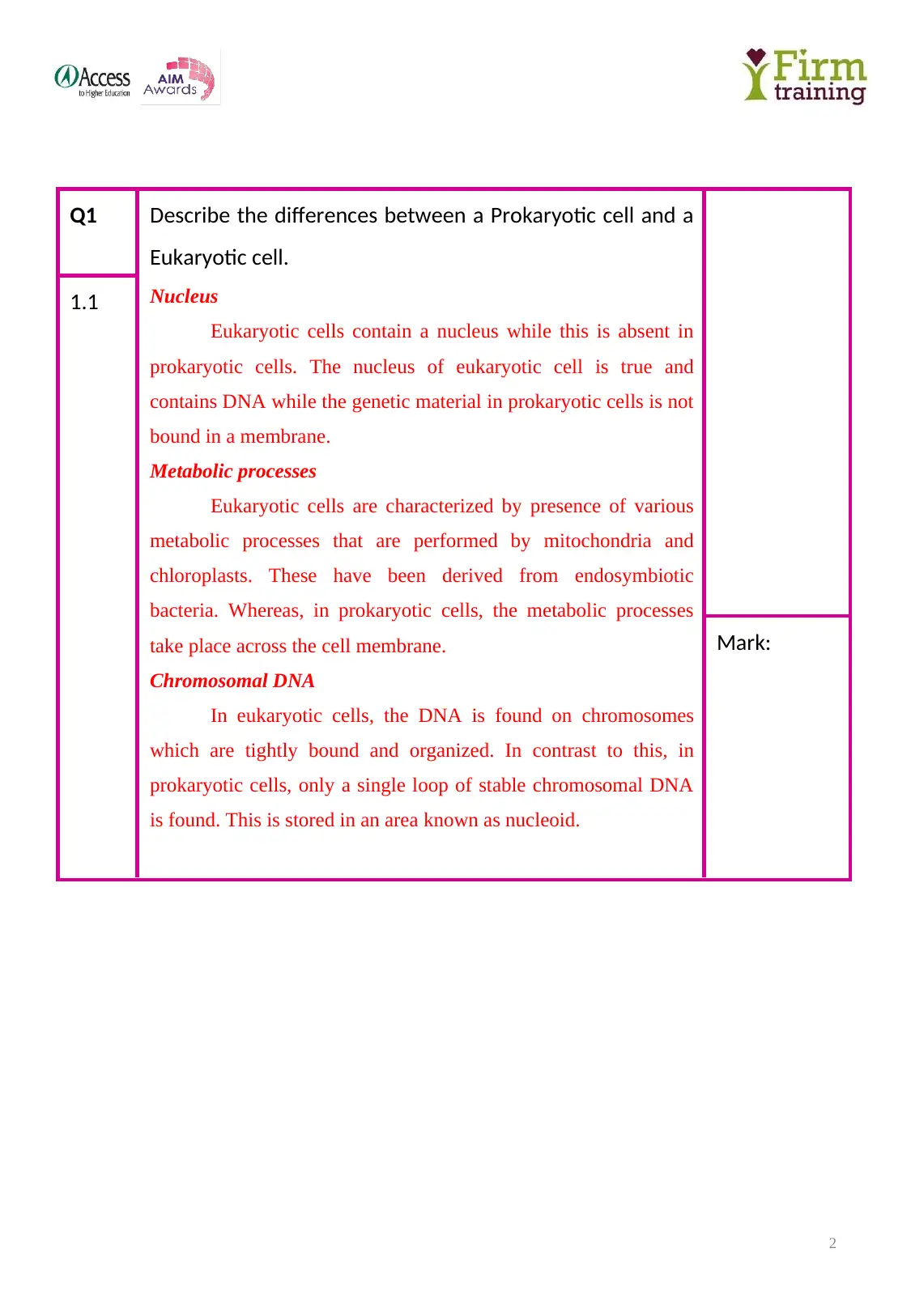
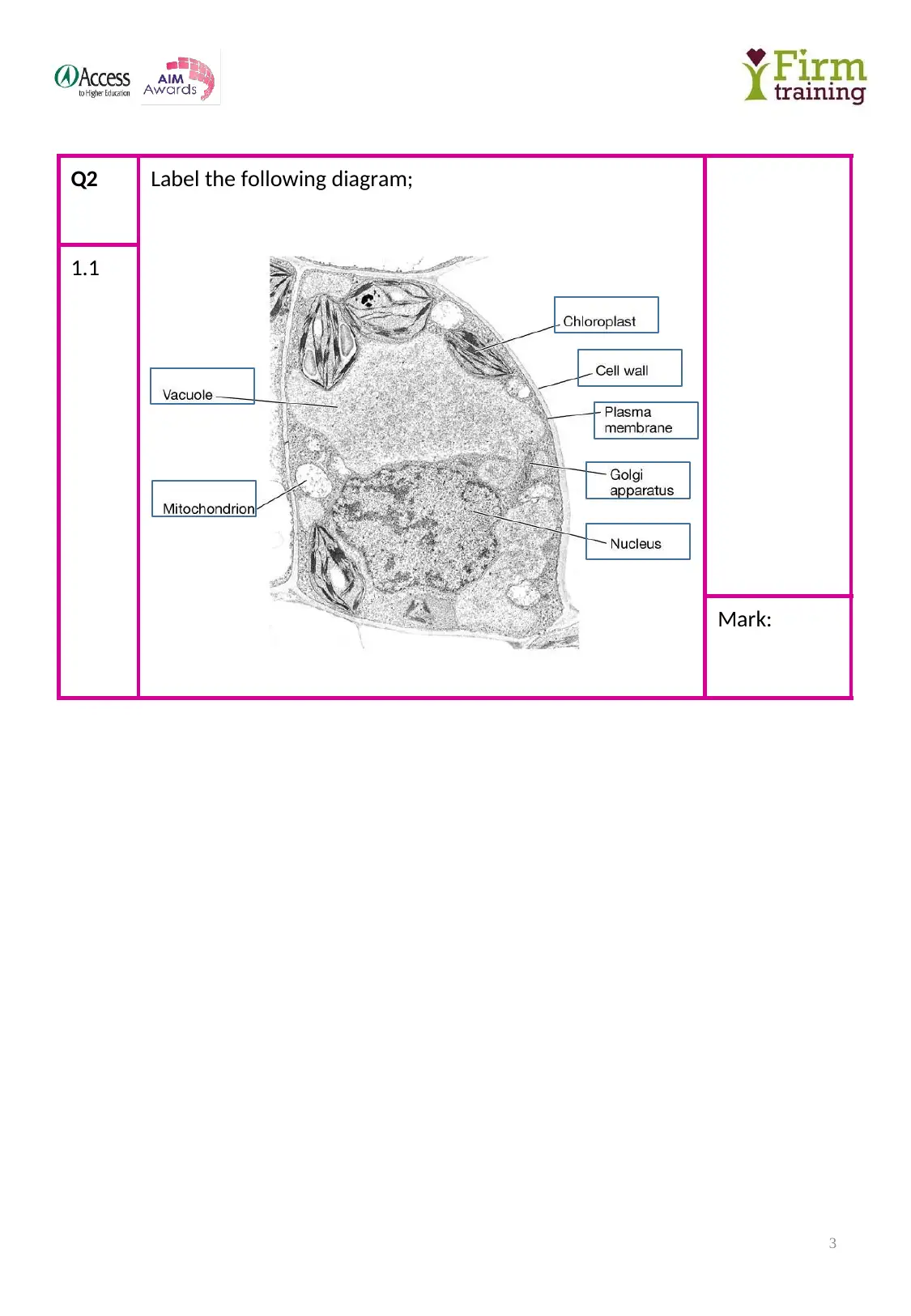

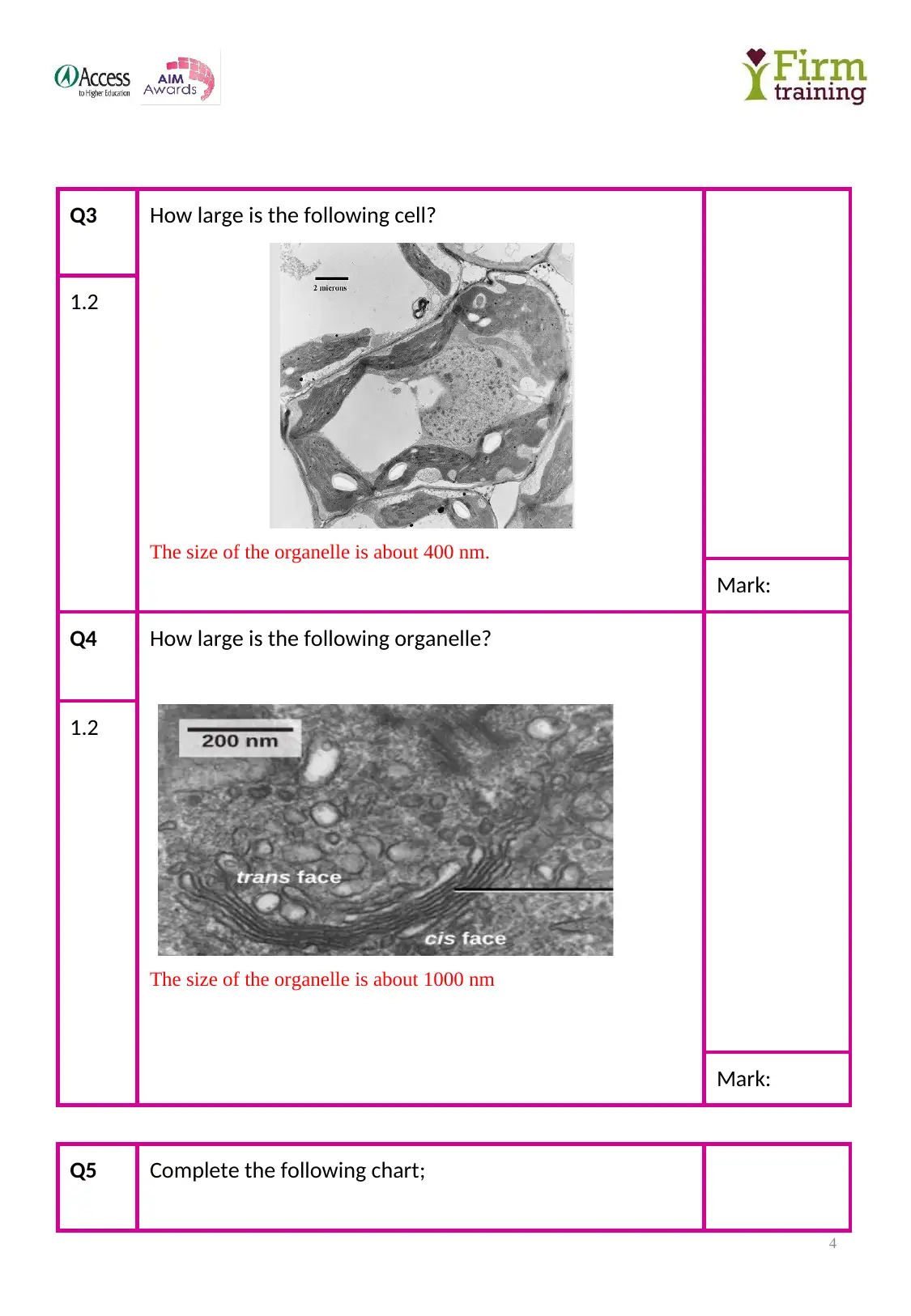
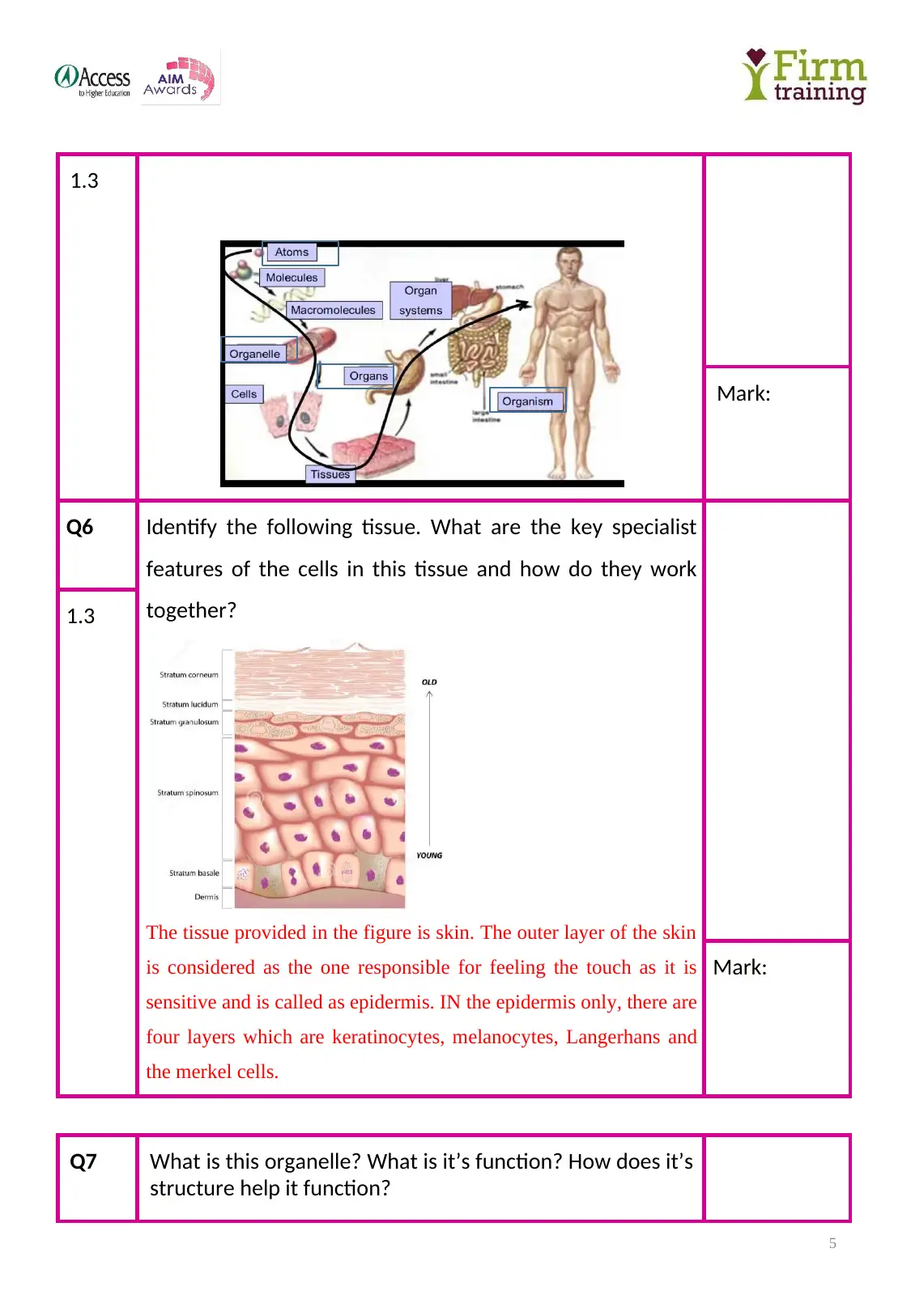
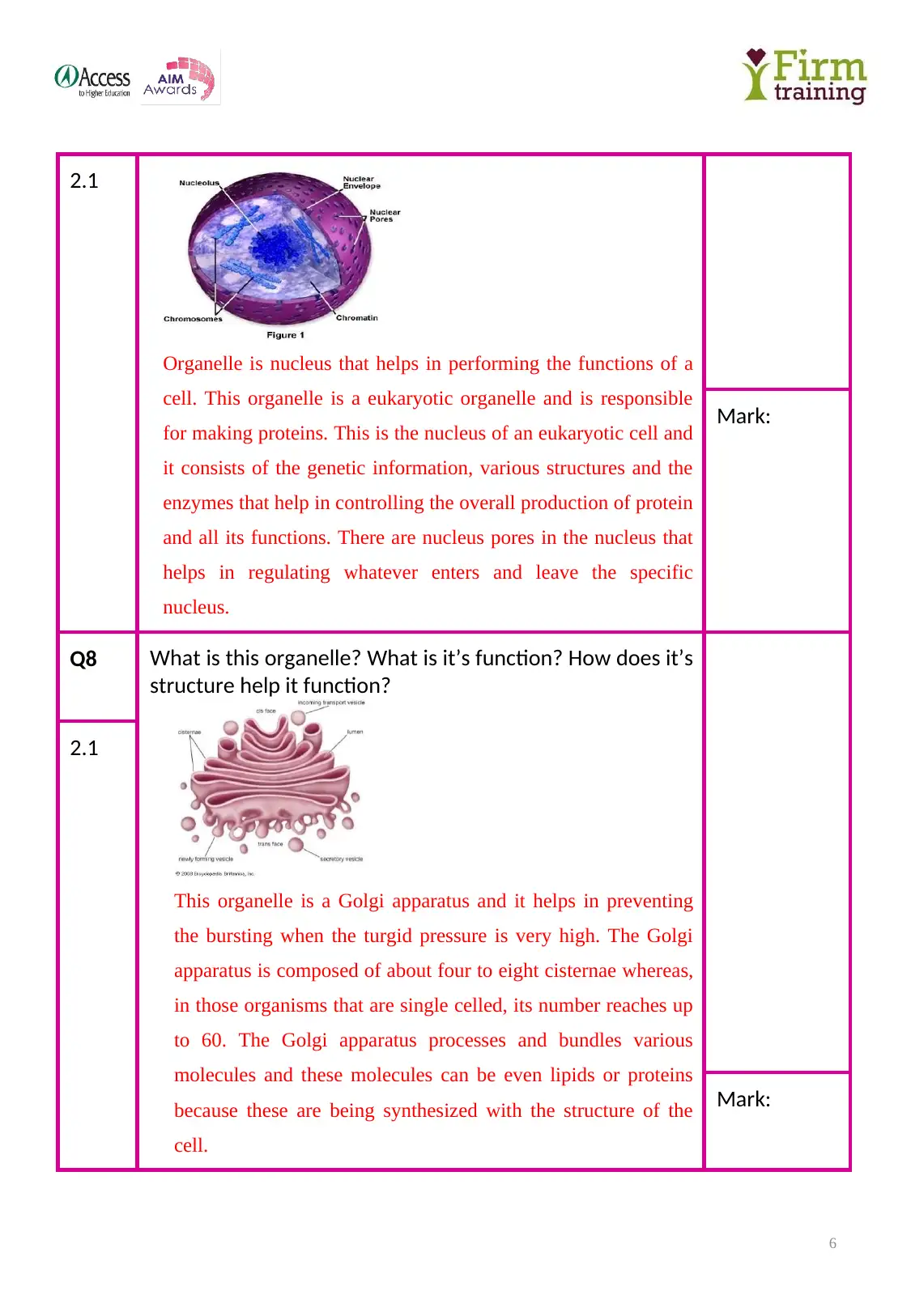
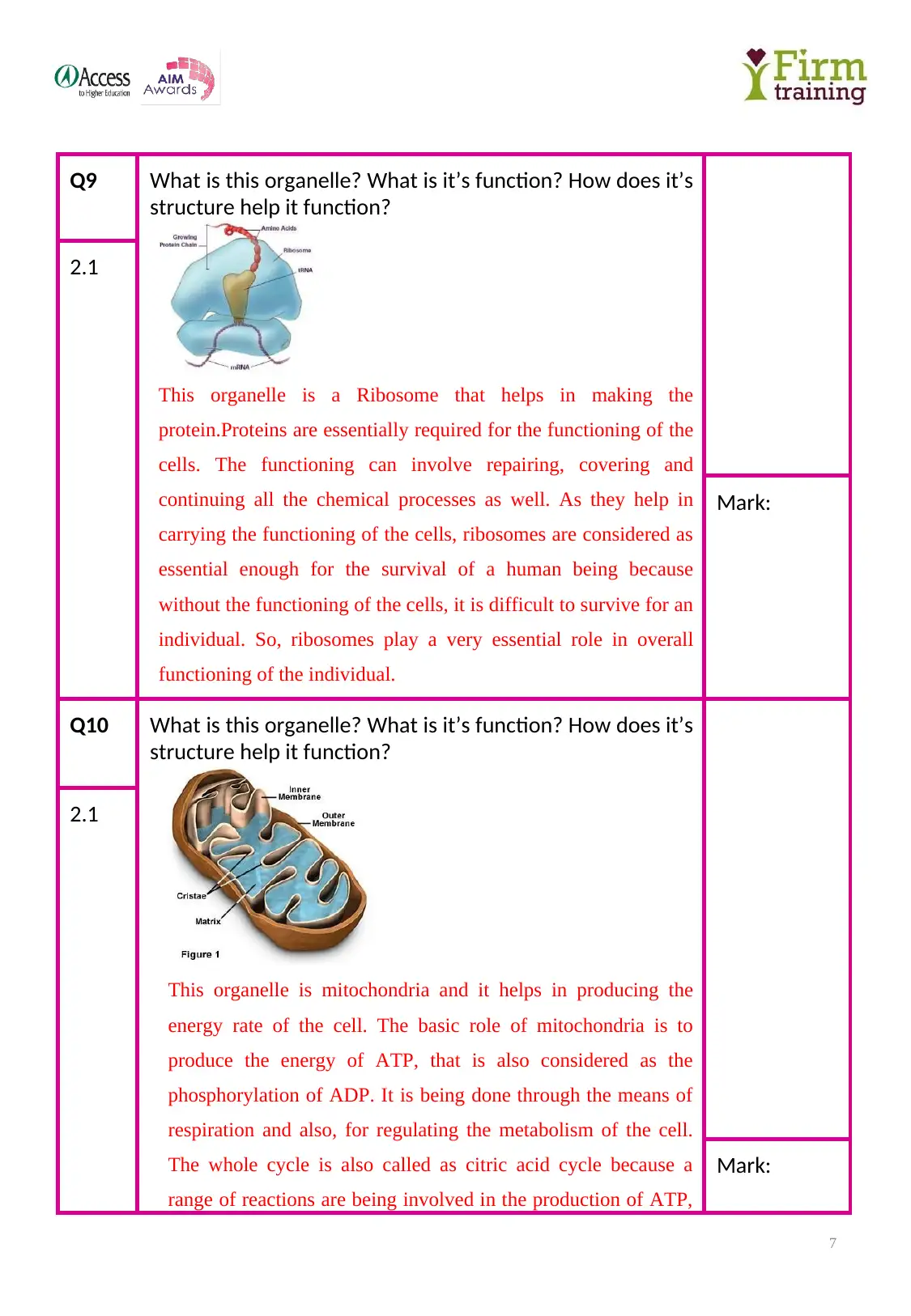

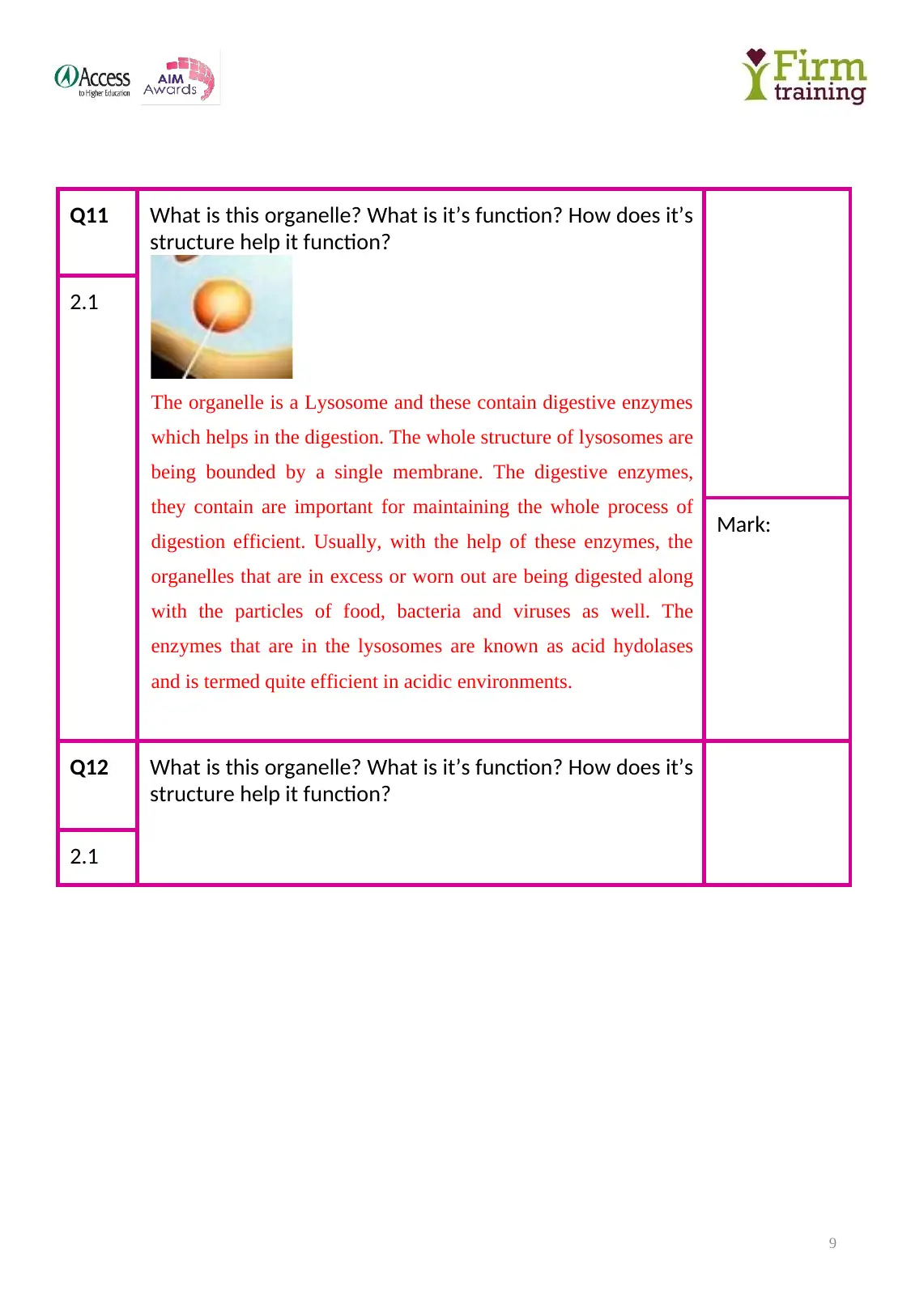






![[object Object]](/_next/static/media/star-bottom.7253800d.svg)